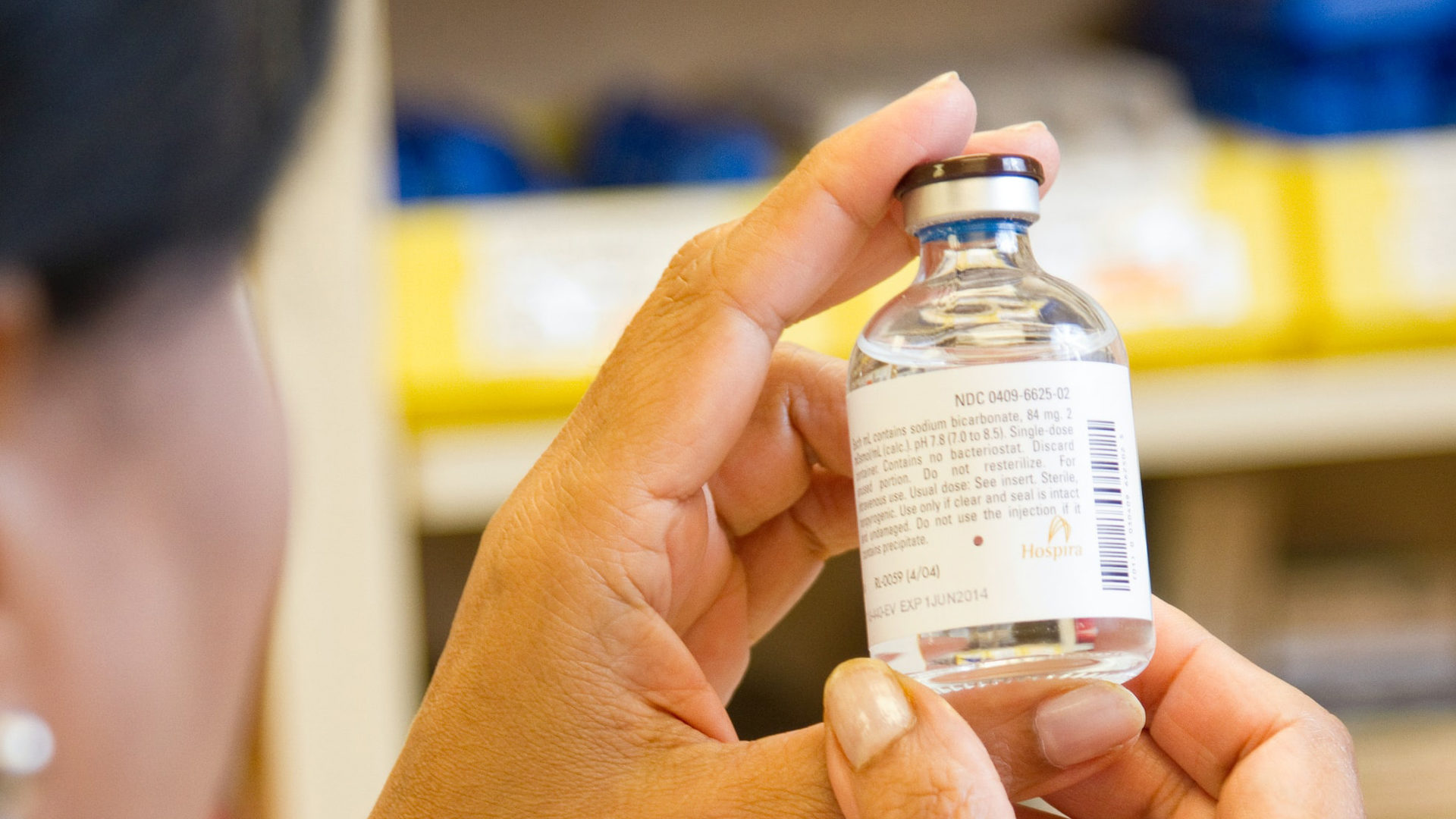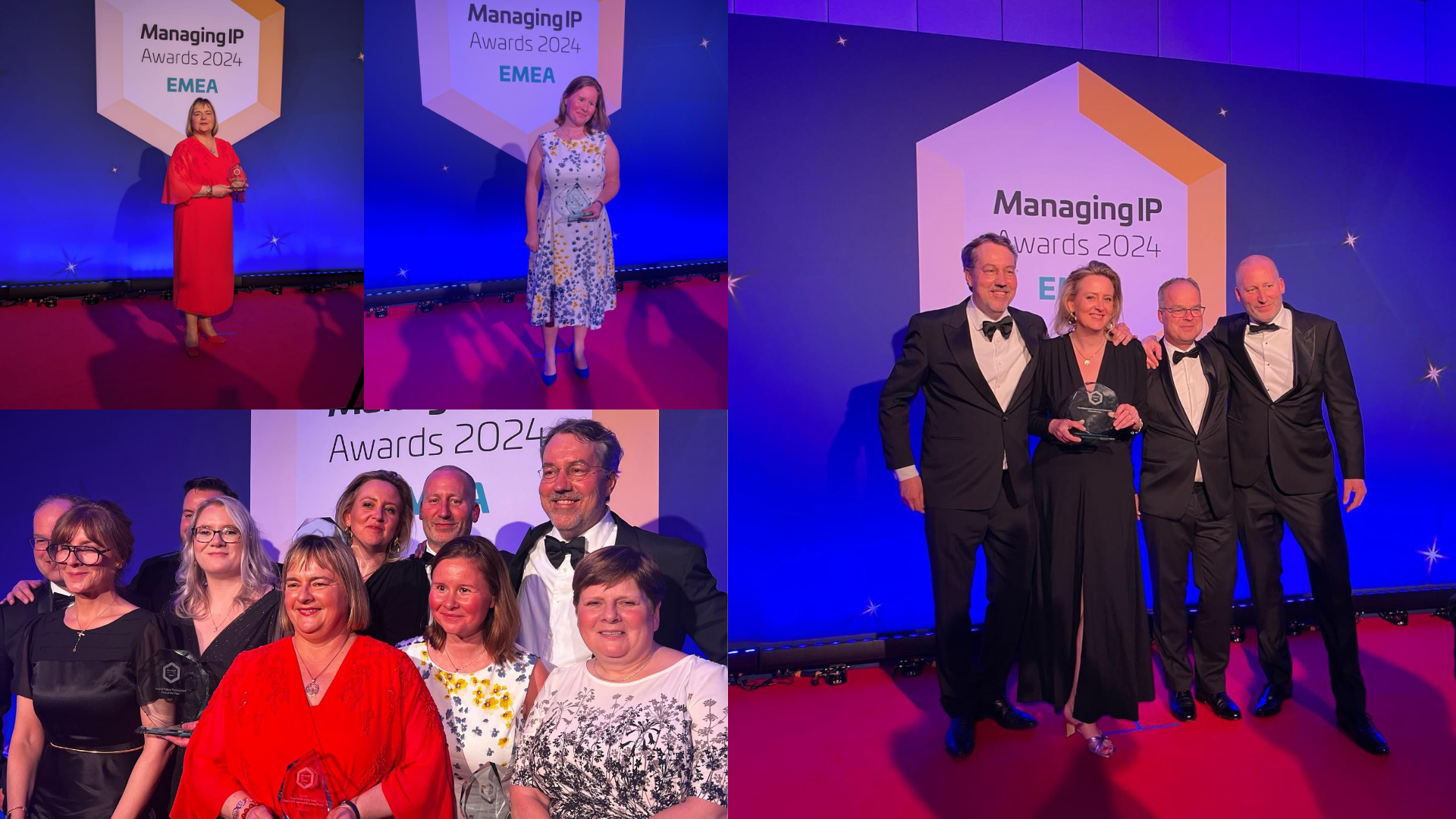Healthcare Scanner
CRISPR Edited T cells win the TvT Battle
January 2023
T-cells which have been modified using CRISPR base editing technology have been successfully used to treat T-cell acute lymphoblastic leukaemia for the first time {1}.
A 13 year old patient suffering from T-cell acute lymphoblastic leukaemia (T-ALL) was enrolled in the ‘TvT’ clinical trial, a collaboration between UCL and Great Ormond street hospital, in which she received an experimental treatment of CAR T-cells that have been base-edited so that they no longer target each other, and only target cancerous T-cells. Last week, it was reported that the ground-breaking treatment was a success and the patient is now in remission just 28 days after treatment {1}.
The so-called ‘T-cell versus T-cell’ trial brings together two areas of technology to create a novel treatment: CAR T-cells, which have been used in cancer therapy for some time, and the much newer technique of base editing, an evolution of the CRISPR-Cas9 gene editing technology proposed in 2012 by the Nobel prize winning scientists Emmanuelle Charpentier and Jennifer Doudna.
CAR T-cell therapy usually relates to autologous T-cells taken from the patient’s body and modified to contain a chimeric antigen receptor which will bind to antigens expressed only on cancerous cells. Once bound, the CAR T-cells destroy the cancer cells. However, there are disadvantages to CAR T-cell therapy for use in cancer because the source of the T-cells can be limited; the patient may not have enough T-cells to produce a viable population of CAR T-cells, especially when suffering from leukaemia. Furthermore, CAR-T-cells are notoriously difficult to control and can destroy each other before reaching the intended target cancer cells because they all share the same surface protein markers such as CD3 and CD7{2}. The team of researchers at UCL, headed by Professor Waseem Qasim{1}, turned to base editing technology to further modify the CAR T-cells to try to overcome these issues. The team decided to use base editing to make a number of specific nucleotide edits in the genes encoding certain receptors expressed on the surface of the T-cell to firstly remove the requirement that the T-cells must come from the patient, and secondly to reduce the interactions of the CAR T-cells with each other.
Base editing technology relies upon a modified version of the Cas9 endonuclease enzyme used in most CRISPR applications in combination with a guide RNA that targets the enzyme to the correct location in a nucleic acid sequence. Instead of cleaving both strands of the nucleic acid, the Cas9 is modified with a point mutation (D10A) so that it only cleaves one strand making a ‘nick’ on the strand opposite the nucleotide which is to be edited. The Cas9 enzyme is also attached to a base editing deaminase enzyme, in this case, APOBEC1, that works with the cell’s own repair mechanisms to replace an individual nucleotide in the target sequence. The team used this base editing complex (coBE3) in combination with several different guide RNAs to make specific edits in the genes of the CAR T-cells{2}. The edits were cytosine to thymine nucleotide conversions made in the genes encoding the characteristic T-cell receptor (TCR), the CD7 receptor, and the CD52 receptor usually displayed on the outside of T-cells{1}. Each small edit caused premature stop codons to be present in these genes, thereby preventing their expression. The edited T-cells were then modified as usual to express a chimeric antigen receptor (CAR) directed towards and capable of binding to CD7 or CD3 proteins which would still be strongly expressed on the cancerous T-cells.
Each edit or modification to the T-cell in this technology fulfils a different purpose to improve the use in therapy. The edit to the TCR means that the CAR T-cells will not be recognised as being ‘non-self’ by the immune system, thereby allowing T-cells from a donor to be used without a dangerous host immune reaction. Effectively this means that the CAR T-cells having this edit are ‘universal’ and can be donated to any patient in need of treatment. The edit to the CD7 receptor means that the CAR T-cells will not be recognised as being T-cells by each other, and therefore should not destroy each other before being delivered to the cancer cells. The edit to CD52 receptor means that the CAR T-cells will not be recognised by therapeutic antibodies typically used to treat leukaemia such as alemtuzumab which are present in most patients, and which would usually destroy the CAR T-cells. The final modification to introduce the CAR construct into the T-cells by standard transformation means that the T-cells are targeted to the CD7 protein still expressed on the cancerous T-cells and can recognise and bind said cells before killing them{2}. All four of these modifications work together, three of which are base edits made by CRISPR technology, to produce modified CAR T-cells without the problems listed above, and which can be used in combination with other antibody therapeutics.
This CRISPR technology has been shown to work previously by the same group, but in B-cell leukaemia where fewer modifications were required for the CAR T-cells to work. In this case, the team made the same edits in the TCR and in CD52 genes, and then expressed the CAR construct in the edited T-cell. They also reported success here, treating six children with leukaemia{3}. The result of this technology is that edited CAR T-cells can be made from theoretically any donor and given to a patient to rapidly find and destroy cancerous T cells (or B-cells) with a lower risk of side-effects. Using base editing reduces the risks of off-target effects and increases efficiency of edits, whereas previous gene editing technologies which created double-stranded breaks such as TALENs or even CRISPR-Cas9 cleavage resulted in unwanted translocations between chromosomes{2}. The successful results of this clinical trial have been widely acknowledged as a leap forward in immunotherapy, which could enhance cancer care for patients by offering affordable and accessible cell therapy.
{1} https://www.ucl.ac.uk/news/2022/dec/world-first-use-base-edited-car-t-cells-treat-resistant-leukaemia
{2} https://www.nature.com/articles/s41375-021-01282-6
{3} https://www.science.org/doi/10.1126/scitranslmed.abq3010
{4} https://www.hgf.com/healthcare-scanner/navigating-the-crispr-ip-confusion/
This article was prepared by HGF Patent Director Ellie Purnell.































